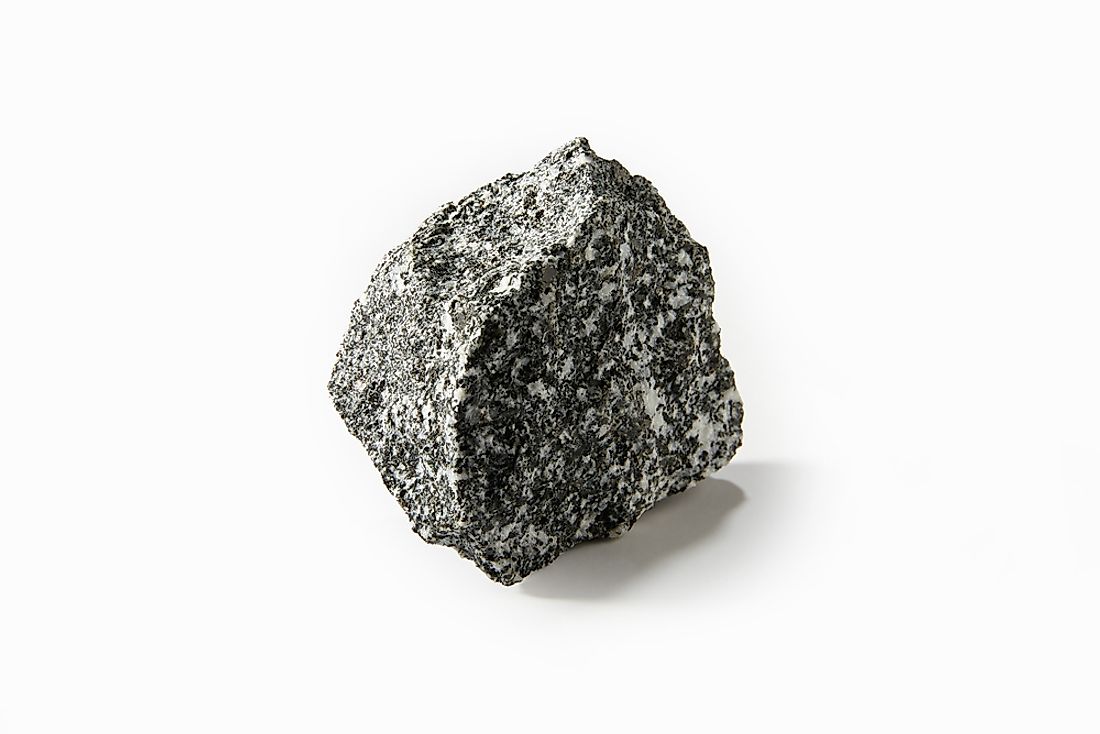What is a Pluton?

A pluton is a type of rock that is formed when magma cools and solidifies underground. Plutons are not to be confused with volcanic rocks, which are the rock that is formed when the magma becomes lava (post-eruption) and flows over the surface of the Ears and then cools and hardens. Plutons are an intrusive igneous rock: this means that they have been forced into other layers of rock, usually in cracks. Plutons form under the surface, but can, over time, be exposed through erosion. There are several types of plutons that are organized based on their shape. The three main types of pluton are bysmalith, lopolith, and laccolith. A lopolith refers to a mushroom-shaped pluton, a bysmalith is a cylindrical pluton, and finally, a laccolith is a blister-shaped pluton that raised the rocks into a dome shape.
Origin of "Pluton"
Plutonic rocks are named after Pluto, who was the Roman god of the underworld. The word “pluto” means wealth— which probably stems from the fact that pernicious metals, such as gold and silver, are mined from veins which are intrusions and part of plutonic rocks. The use of the word “plutonic” has its roots in the late 18th century, when the science of geology was first being developed. At the time there was much discussion over plutonism (also known as vulcanism) and neptunism (which had to do with water as a source); the debate was about which was the origin of basalt.
The texture of an igneous rock varies based on the size of the crystals within the rock. That’s how it’s possible to know whether the rock is plutonic or volcanic. Magma that cools underground cools slowly, over a longer period of time. Lava that cools above ground cools quickly. The magma that cools underground—plutonic rocks— has larger crystals. Because the magma cooled more slowly than the lava above ground did, the crystals were able to grow in size.
Characteristics of Plutons
Plutons are very hard and they erode very slowly, and so they end up exposed as the rocks on the surface erode over the course of millions of years. The rock around a pluton is known as country rock and it is not uncommon for plutons to form along convergent plate tectonic boundaries. Some common types of plutonic rock include diorite, granite, and gabbro. In the United States, alone, enormous granite landforms are found in more than 30 states, and many of these occur in National Parks. The largest granite monolith in the world is found at Yosemite National Park— El Capitan. Another example of a pluton within the United States is Denali, which was previously known as Mount McKinley, located in Alaska. Worldwide, an example of a pluton would be Cuillin, in Skye, Scotland.











